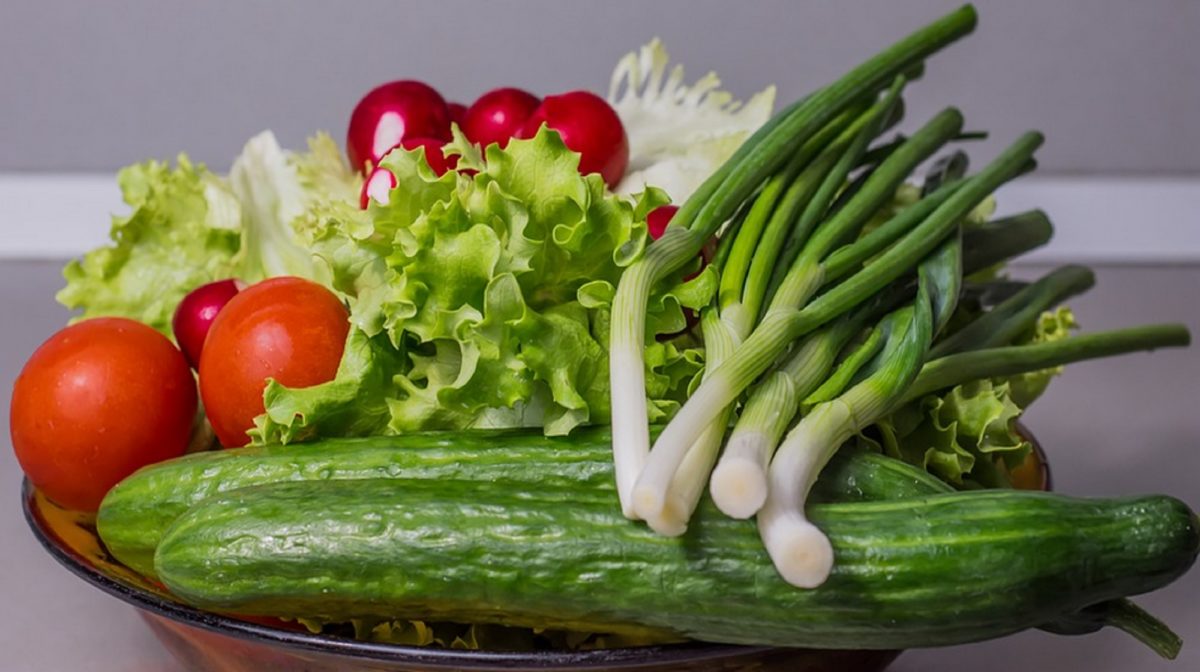“The principal advantage of herbs is their complexity. Medicinal plants contain a wide array of chemical compounds, which gives them versatile therapeutic powers.” Andrew Weil, MD, author, physician, and pioneer of the integrative medicine movement.
Here are just a few of the best herbs for medicinal purposes:
Alfalfa
Alfalfa has been a food source for centuries, primarily for livestock. However, practitioners of Ayurvedic medicine in ancient India discovered that alfalfa seeds and sprouts were a good source of protein and minerals. Arabs so revered the plant, that the word alfalfa is derived from Arabic, which means “father of all plants”.
 Health Benefits:
Health Benefits:
• The ability to lower cholesterol
• Improves digestion
• It is a natural diuretic and laxative
• Helps improve heart health
• Detoxifies the body
Alfalfa sprouts are considered a superfood as they serve as an excellent source of fiber, protein, phytonutrients, vitamins, and minerals. They have a mild flavor and are excellent when added to salads or to sandwiches.
Basil
Basil is well known as an herb used in cooking primarily Italian dishes. However, basil is more than just an ingredient in your favorite pesto sauce. It provides many health benefits due to its flavonoids and volatile oils.
Health Benefits:
• Lowers inflammation without damaging the liver
• Contains disease-fighting antioxidants which protect the body from free radicals
• Holy Basil can help regulate glucose levels and can assist in weight loss
One of the volatile oils in basil, eugenol, has been the subject of many tests and studies because of its ability to block certain enzymes which cause inflammation in the body. Chronic inflammation causes damage throughout the human body and is considered one of the main causes of heart disease. (DIY Heart Health Check – Here)
There are a number of drugs to reduce inflammation, but all produce serious side effects, such as GI bleeding, and damage to the liver and kidneys. Since basil produces no such side effects, scientists continue to study basil to determine how best to use these properties in the treatment of systemic inflammation.
Catnip
Well-known as your cat’s favorite treat, catnip is also a medicinal herb. The flowering tops of the plant are used in teas, tinctures, extracts, and compresses. In fact, long before it was relegated to cat toys, catnip was a popular tea in Europe. Its minty taste made it a favorite, and people soon realized that it was more than just a drink, the plant had healing properties.
Health Benefits:
• Used to treat insomnia and anxiety.
• Headache reducer.
• Reduces swelling when used as a compress.
• Reduces gastrointestinal upset, including colic, indigestion, and gas.
• Diuretic effects when taken as a tonic.
• Treats dandruff and scalp irritation.
• Insect repellant.
Catnip is easy to consume, as it can be made into a tea, added to salads, or used to season food. It can also be used in tincture form, or the essential oils can be extracted for topical use.
Feverfew
A flowering plant in the daisy family, feverfew is an herb used in traditional medicine. It was considered useful in reducing fevers, hence the name, however, it’s no longer used for that purpose. Its first documented use was in Greece at the beginning of the first century.
Health Benefits:
• Used for the treatment of migraine headaches.
• Aids in the control of nausea and vomiting.
• Anti-inflammatory properties.
Lady Fern
Lady fern is an ornamental plant which also serves as a medicinal plant.
Health Benefits:
• Useful for the treatment of coughs and respiratory ailments.
• Reduces fever.
• Treats the loss of appetite.
• Used externally as a wash for wounds.
Some Native American tribes ate the boiled root to treat worm infestations.
CONCLUSION;
Remember; having the right information will make your job much easier and can help ensure the lasting success of your garden. Did you get your free copy of the E-book ‘Absolute Organic Gardening’? It goes into far more detail there.
If not, Click Here! to get your copy in seconds.
Also; You might like to get your copy of – ‘The Top 52 Health Hacks’ >> Here!
If you don’t initially see what you’re looking for here, please use the ‘Search Bar’ in either the Sidebar or Footer.

